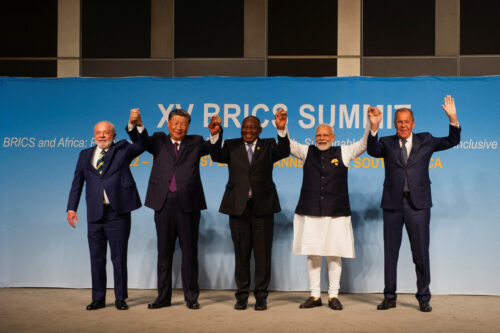After successful disengagement at Pangong Lake, India-China tensions are easing
India-China tensions now appear to be at their lowest level since the two countries’ latest border clash began 10 months ago.

Yesterday, Chinese Foreign Minister Wáng Yì 王毅 and his Indian counterpart, Subrahmanyam Jaishankar, had their first phone call in five months. Based on the official readouts (Chinese readout in English and Chinese; Indian readout), bilateral tensions appear to be at the lowest point since the two countries’ latest border clash began 10 months ago.
- “A prolongation of the existing situation was not in the interest of either side,” the Indian readout says. “It was, therefore, necessary that the two sides should work toward early resolution of remaining issues.”
- “While that the two countries have boundary disputes is an objective fact, which should be taken seriously, it is not the whole of China-India relations, and it should be put at a proper place in the overall bilateral relations,” Wang is cited as pointing out.
Both readouts say that after the recent completion of disengagement at one location of conflict, Pangong Lake, the two countries will aim to “quickly” negotiate disengagement elsewhere along their border areas. The governments also agreed to set up a hotline between the foreign ministers, though as AFP points out, “one is already in place between senior military commanders.”
Business tensions are also slightly easing, according to Reuters: “India is set to clear 45 investment proposals from China, which are likely to include those from Great Wall Motor and SAIC Motor Corp.”
- The investment deals, which had been held up for months, are a selection of some of the less sensitive of about “150 investment proposals from China worth more than $2 billion.”
- No word, however, on whether India is considering easing its bans on over 200 Chinese apps, including TikTok and WeChat.
See also:






